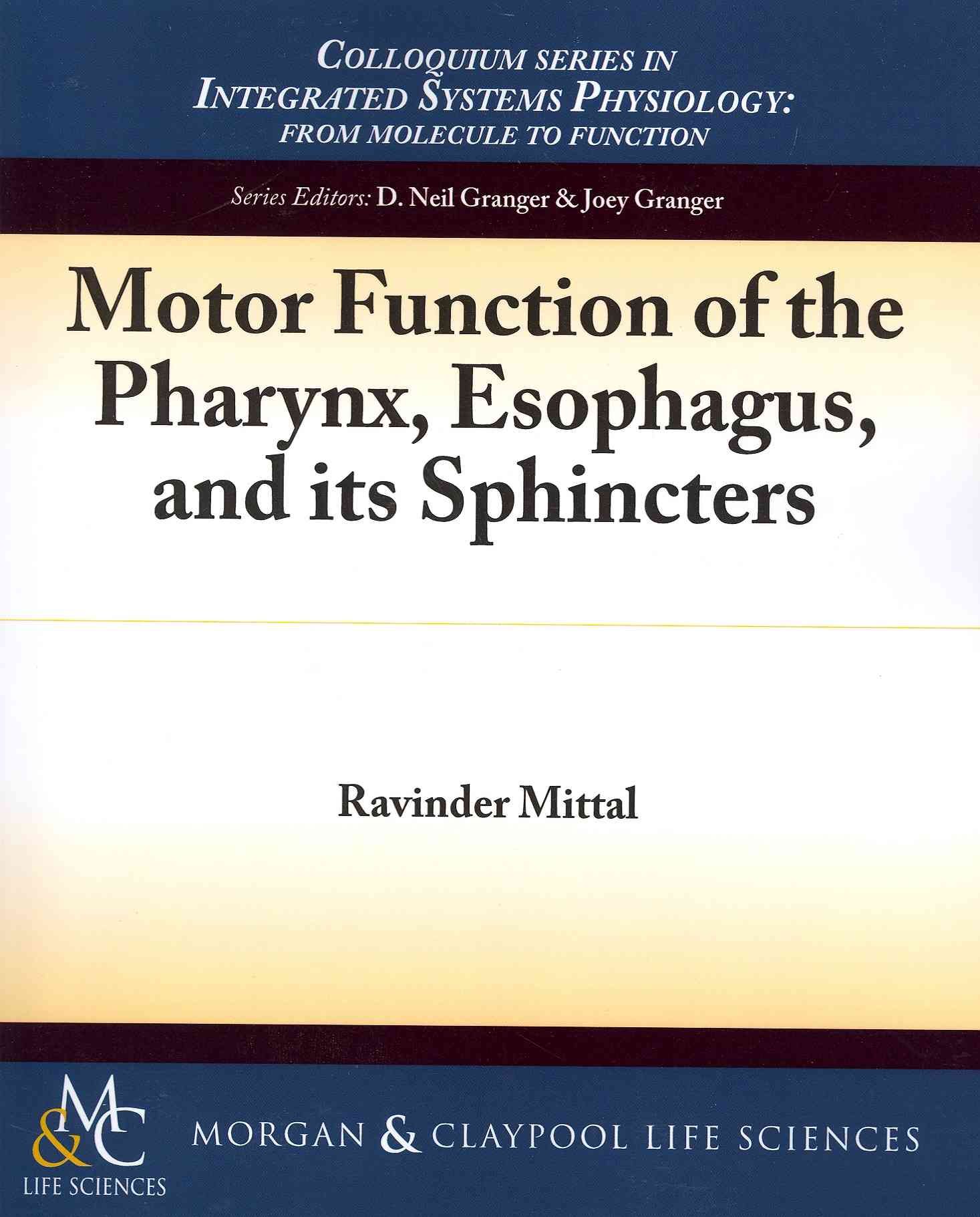
Category
Physiology
Store
Wordery
Brand
Morgan & claypool publishers
Motor Function of the Pharynx, Esophagus, and its Sphincters : 9781615043330 : 13 Apr 2011 : Deglutition or a swallow begins as a voluntary act in the oral cavity but proceeds autonomously in the pharynx and esophagus. Bilateral sequenced activation and inhibition of more than 25 pairs of muscles of mouth, pharynx, larynx, and esophagus is required during a swallow. A single swallow elicits peristalsis in the pharynx and esophagus along with relaxation of upper and lower esophageal sphincters. Multiple swallows, at closely spaced time intervals, demonstrate deglutitive inhibition; sphincters remain relaxed during the entire period, but only the last swallow elicits peristalsis. Laryngeal inlet closure or airway protection is very important during swallow. Upper part of the esophagus that includes upper esophageal sphincter is composed of skeletal muscles, middle esophagus is composed of a mixture of skeletal and smooth muscles, and lower esophagus, including lower esophageal sphincter,
40.95 GBP
Recommendations
Choose your language and region
Klarna is available around the world with a variable offering, choose one that suits you best.
Copyright © 2005-2024 Klarna Bank AB (publ). Headquarters: Stockholm, Sweden. All rights reserved. Klarna Bank AB (publ). Sveavägen 46, 111 34 Stockholm. Organization number: 556737-0431